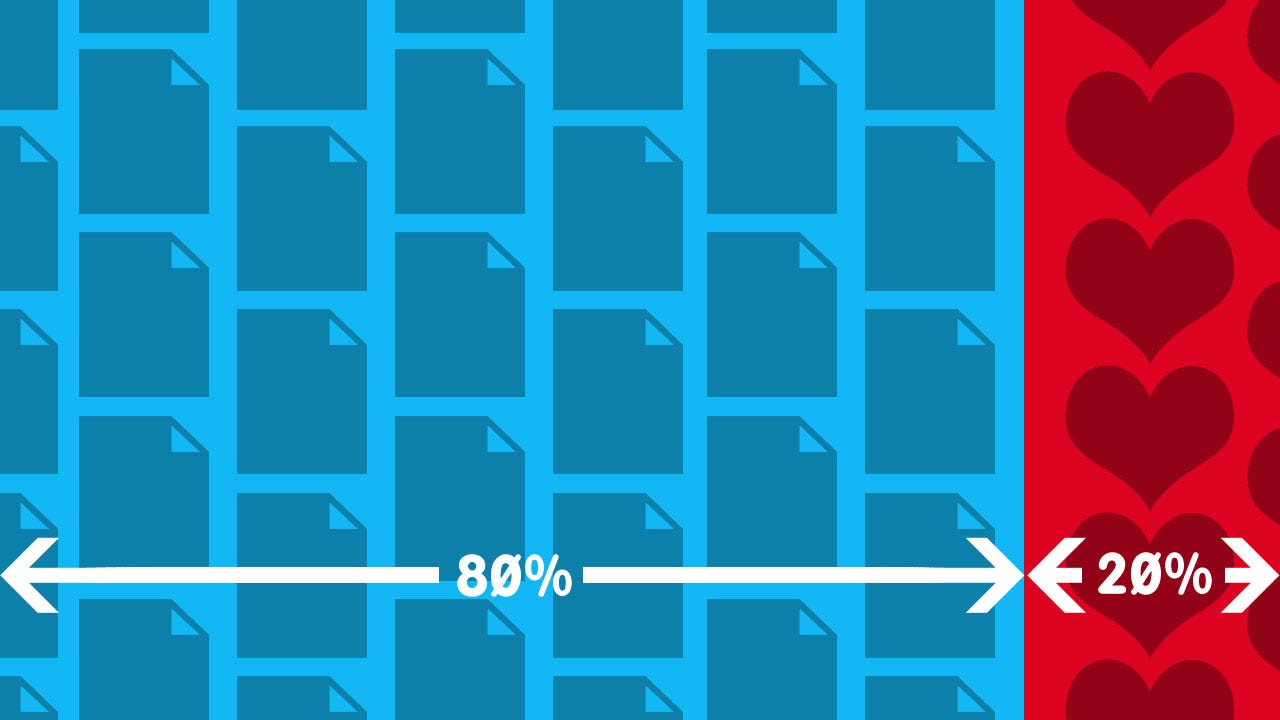Blog

The Myth of the 20% Time
When thinking about what makes Google an employer of choice, in addition to the futuristic office spaces, unparalleled career opportunities and working with some of the brightest minds in technology, the idea of the “20% time” often gets touted. For those not aware, Google is famous for (now historically) stating in a 2004 IPO letter that “We encourage our employees, in addition to their regular projects, to spend 20% of their time working on what they think will most benefit Google, this empowers them to be more creative and innovative. Many of our significant advances have happened in this manner.”

And this is very true. Some of the most successful Google products, such as Gmail, Adsense, and the very underrated Google News have been developed in this time. However, the idea of allowing employees creative freedom to work on tasks beyond their roles dates back to 1948, when 3M started the “15% Project”. This very successful concept brought us the joy that is Post-its and masking tape. Nowadays, a number of technology firms are in one form or another officially offering a similar policy. Hewlett Packard credits the invention of HTML to Dave Raggett’s 10% time at HP. Atlassian too, has trialed a 20% time experiment.
While these programs are widely publicized and give a great image of a company as a place to work, the truth is that this can apply to every company and position, and doesn’t have to be explicitly marketed or ingrained in a official policy for it to be in place. Rarely will you come across an organisation where innovation is impeded or discouraged. It is up to the employees themselves to discover opportunities for improvement, whether it is automating a manual process or exploring an uncharted benefit; the only barrier to this is culture, not a policy. Creating an official HR policy on certain hours “dedicated” to innovation isn’t going to bring about real change, innovation needs to be a convention in every day tasks.
Author Dr. Yoram Solomon summarized this better than I ever could.
20% of your *time *is just as a fallacy as allocating *space *for an innovation lab, where employees can go to be innovative. Both are part of the company’s “official” **_drive _**for innovation. It is done much more for public appearance than having real substance and probability of success. Give an employee 20% of their time, and they will use it to catch up on email. Give them an innovation lab, and they will catch up on email there, where nobody bothers them…
The greatest ideas hardly ever come from using 20% time away from work. They hardly ever come from the innovation lab. They come from busy people who had ideas while doing their day job, stayed late, and ***tried **thin*gs without getting permission. They don’t come from companies who **_drive _**innovation. They don’t come from companies who **_celebrate _**innovation. But they come from companies who **_allow _**their people to try new things and fail without consequences. They come from companies that have the right climate for employees to be creative. They come from people who do those things that allow them to generate great ideas.
I believe what makes one organisation different from say — a Google, is simply the people. It’s the creative minds and ideas of individuals that bring about a culture change, and this can apply to any organisation, but it needs to be initiated by the individuals themselves. Why look at Google/HP or elsewhere for inspiration, when the inspiration is limited by our own attitude? Take charge of your own role, find things that can be improved, work on initiatives you think will help your business, present these ideas to your peers, and bring about a collective change in culture.
This post has been cross-posted to my LinkedIn account. To view the post on LinkedIn Pulse, click here.